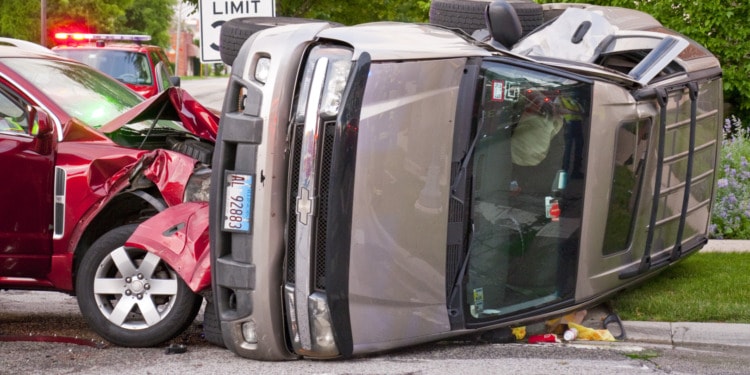Decatur, Georgia, embodies the charm and hospitality of the South, blending a rich history with a vibrant, contemporary culture. Located just east of Atlanta, Decatur is known for its welcoming community, beautiful historic homes, and a thriving downtown filled with eclectic shops, restaurants, and cultural venues.
The city boasts numerous parks and green spaces, offering residents and visitors alike plenty of opportunities for outdoor activities and community events. Decatur’s residents are a diverse and engaged group, deeply invested in their community and local traditions. However, despite the city’s inviting atmosphere and a strong sense of community, accidents on the road are an unfortunate reality.
Such accidents often result in severe injuries and property damage. When it comes to resolving legal disputes arising from car accidents, seeking help from experienced car accident attorneys and understanding the concept of comparative negligence is crucial.
Comparative negligence refers to the allocation of fault between the parties involved in an accident. It is important for individuals to be knowledgeable about this legal principle as it can significantly impact their ability to recover damages. In this article, we will delve into the key aspects of comparative negligence in car accident cases.
What is Comparative Negligence?
In a car accident case, comparative negligence comes into play when more than one party involved shares responsibility for causing the accident. This means that each party’s level of fault will be determined by a percentage scale.
For example, if there were two drivers involved in an accident and they were both found to be partially at fault, their respective degrees of responsibility would be established during the legal process.
Pure Comparative Negligence
There are two types of comparative negligence systems: pure comparative negligence and modified comparative negligence. In jurisdictions that follow pure comparative negligence, each party can recover damages even if they are found to be mostly at fault. However, their potential recovery will be reduced proportionately based on their assigned level of fault.
For instance, let’s say Driver A was deemed 70% responsible for an accident, and Driver B was found 30% responsible. If Driver A had $1,000 worth of damages, they could only recover $300 ($1,000 x 30%) under the pure comparative negligence system. On the other hand, Driver B could still seek $700 ($1,000 x 70%) from Driver A for their share of responsibility.
Modified Comparative Negligence
In contrast, some states follow a modified version of comparative negligence that sets a threshold for recovery. Most commonly employed is the “50% rule,” which prohibits an individual from recovering damages if their assigned degree of fault exceeds 50%. In other words, if a party is responsible for more than half of the accident, they are unable to seek compensation from the other party/parties.
For example, if Driver A is determined to be 55% at fault and Driver B is found to be 45% at fault in a jurisdiction that follows the 50% rule, Driver A would not be entitled to any recovery. However, Driver B would still be eligible to recover damages because their degree of fault does not exceed the threshold set by the law.
Factors Considered in Comparative Negligence
The process of determining comparative negligence involves considering various factors. These may include:
- Traffic laws: Violation or adherence to traffic laws can impact the allocation of fault.
- Speed: Excessive speed can contribute to accidents and affect an individual’s share of responsibility.
- Negligent behavior: Actions such as distracted driving, drunk driving, or failing to yield can increase a driver’s level of fault.
- Vehicle condition: If one party’s car had mechanical issues that directly contributed to the accident, it may impact their assigned percentage of negligence.
- Contributing causes: Assessing whether any external factors such as poor road conditions or inclement weather played a role in the accident.
Role in Financial Recovery
Understanding comparative negligence is essential for individuals seeking financial recovery after a car accident. The percentage assigned to each party can significantly influence their ability to receive damages. For instance, if you are deemed partially at fault for an accident but were injured as a result, your potential compensation will be reduced proportionately based on your degree of responsibility.
It is important to note that comparative negligence rules vary by state and jurisdiction. Consulting with an experienced personal injury attorney who specializes in car accidents can ensure accurate advice specific to your case and location.
Conclusion
Being aware of comparative negligence and how it applies to car accident cases is crucial for anyone involved in a collision. By understanding this legal principle, individuals can better navigate the process of seeking compensation for their injuries and property damage.
Remember, consult with an attorney to receive personalized guidance based on your circumstances. Safeguarding your rights and pursuing a fair resolution after a car accident starts with knowledge of comparative negligence laws.
Editor’s Note: The opinions expressed here by the authors are their own, not those of Impakter.com — Cover Photo Credit: Wikimedia Commons.













